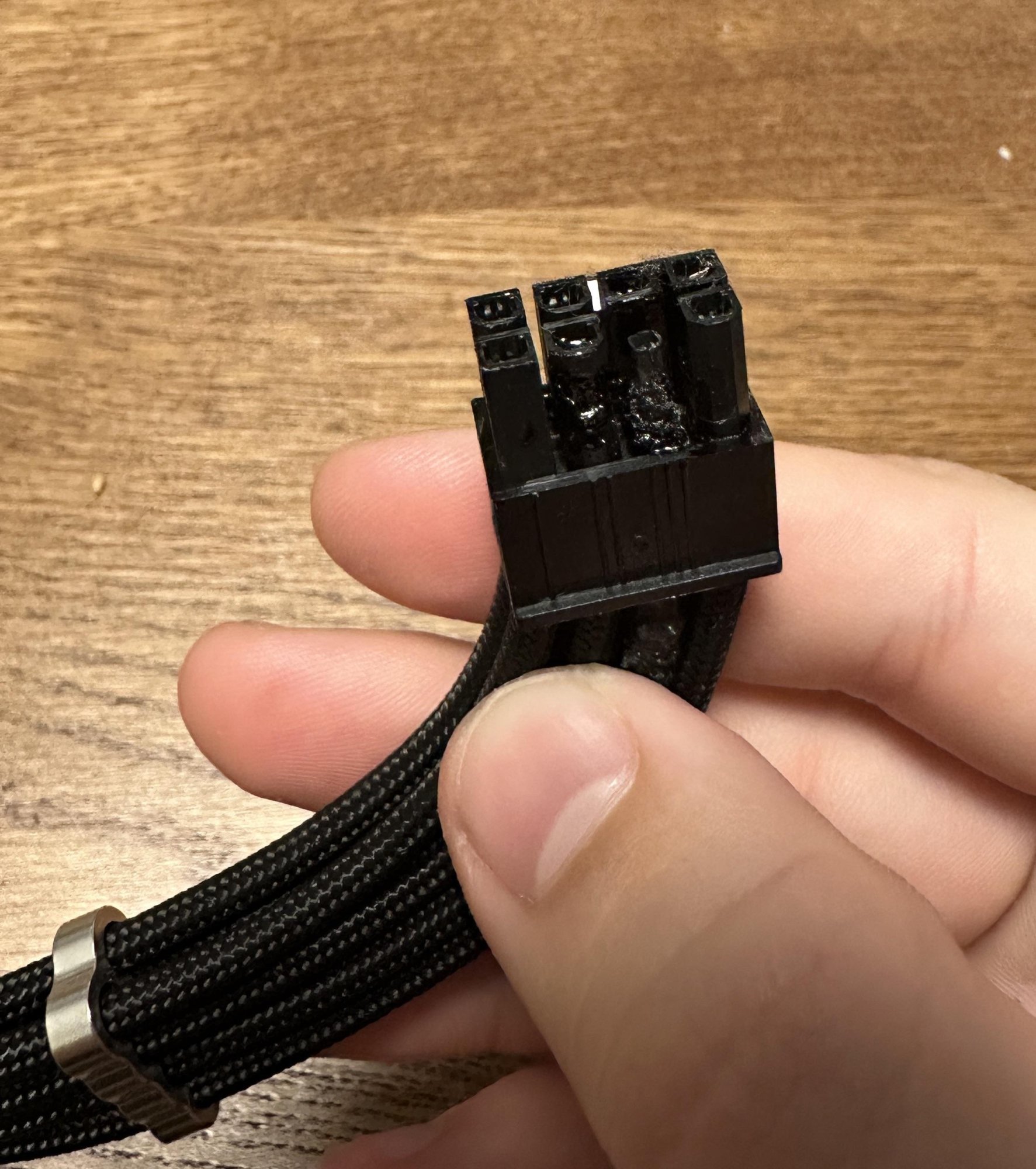ZeroBarrier
Gawd
- Joined
- Mar 19, 2011
- Messages
- 1,012
Of course it's a problem that hasn't gone away. Human stupidity is neverending and all-encompassing. Did anyone really think that this would dissappear because the fault was found to be users not plugging it in all the way? I mean, c'mon; we still got people out here believing the fucking planet is a flat saucer floating in space.
![[H]ard|Forum](/styles/hardforum/xenforo/logo_dark.png)



